Europe’s northernmost region, Scandinavia, has made an indelible mark on the world of interior design. Combining principles of simplicity with a focus on functionalism and beauty, Scandinavian home design has shaped and informed global aesthetics in ways that few other design sensibilities have.
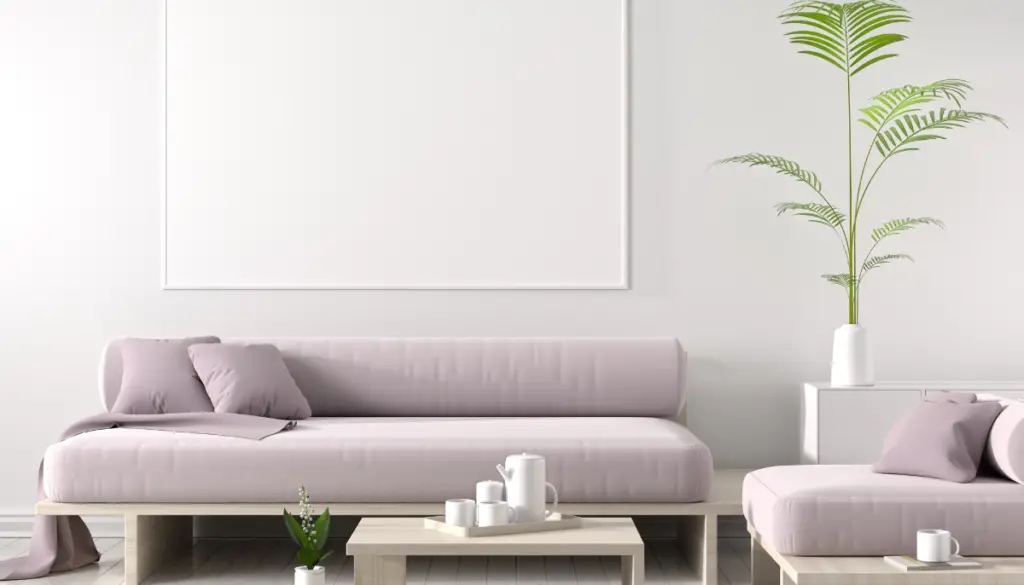
With its roots deeply embedded in the cultural fabric of Denmark, Norway, Sweden, Finland, and Iceland, Scandinavian design is a philosophy that harmoniously fuses functionality with aesthetics, contributing to an approachable and livable interior design. Influential, intriguing, and undeniably functional, the world of Scandinavian home design beckons us to a closer understanding of its history, its key elements, the personalities that have shaped it, and how we can incorporate it into our own living spaces.
History and Origins of Scandinavian Design
Origins of Scandinavian Design
Scandinavian design originated in the Nordic countries of Denmark, Finland, Iceland, Sweden, and Norway, in the mid-20th century and is often associated with the modernist movement in international style. It evolved shortly after World War II when these Nordic countries began to gain significance in the design world for their functional, simple, and inexpensive designs unique to the region. The harsh, cold climate and diverse landscape of these regions influenced the development of a design style that was functional and affordable, focusing on clean lines, organic shapes, and light, muted colors.
Principle Influences on Scandinavian Design
The Scandinavian style revolves around the theory that beautiful and functional everyday objects should not only be affordable to the wealthy but to everyone. This focus on accessibility and functionality was greatly influenced by the social, political, and cultural circumstances in the Nordic countries. The idea was influenced by the region’s strong sense of social democracy and egalitarianism, which believed in creating quality design pieces accessible to everyone irrespective of their social or economic status.
Characteristics of Scandinavian Home Design
Scandinavian home design is characterized by its minimalistic, simple, and clean lines, reflecting the natural landscape of the Nordic countries. The style focuses on modesty, functionality, and simplicity, placing great emphasis on a blend of textures, contrasts, and soft hues to bring out a warm and cozy environment. Light is equally a critical factor in Scandinavian design. Given the Nordic region’s dark winters, interiors are designed to reflect as much light as possible with colors like white, pastels, and hues of gray dominating the color palette.
Natural elements have a significant role in Scandinavian home design. Materials like wood, particularly pine, birch, and ash, are widely used in flooring, furniture, and accents. These natural textures aim to bring the outdoors in, aligning with the Scandinavian love for nature and natural light. The importance of comfort and warmth also translates into the use of cozy textiles like wool and mohair.
Significance of Scandinavian Design
In the realm of global design, the presence of Scandinavian style is undeniably profound and enduring. Scandinavian design encapsulates a design movement emphasizing functionalism and simplicity above all. The timeless aesthetic and practical approach integral to the movement continue to influence the realm of interior design in the present day. Contemporary designers widely embed the style’s affinity for clarity, functionality, and elements inspired by nature into their creations. The practicality and simplicity that characterize Scandinavian design have not just promulgated its worldwide popularity, but have also enhanced its versatility, leading to its profound influence on a multitude of design disciplines, including furniture production and home décor.

Key Elements of Scandinavian Home Design
Simplicity and Minimalism
One of the hallmarks of Scandinavian home design lies in its espousal of minimalism. The minimalist ethos gravitates around the “less is more” concept. Typically, rooms are kept free of clutter, and every item has a defined role. The aesthetic is crisp and streamlined, devoid of excess embellishments or complexities.
This design ethos prioritizes functionality and simplicity, with the ultimate goal of establishing a tranquil, soothing space. The importance of room layout in Scandinavian home design is on par with that of the individual components within it, emphasizing the creation of uncrowded, breathable spaces. The selection of furniture, accessories, and décor is purposeful and aims to echo and reinforce this minimalist sensibility.
Functional Furniture
In tune with the minimalistic philosophy, the furniture in Scandinavian homes is often highly functional and thoughtfully chosen. Scandinavian designers have historically been lauded for their ability to merge practicality and style effortlessly. The region is known for its woodwork, and this is reflected in the furniture which often features clean lines, organic materials and craftsmanship synonymous with Scandinavian design.
Often, furniture pieces serve more than one purpose, further emphasising the aesthetic’s practical focus. For example, an ottoman may also feature storage space, or a bed may include built-in shelves.
Muted Colors
Color plays a significant role in Scandinavian design, with a focus on muted, neutral hues. White is frequently used as a base color, offering a bright, light-filled aesthetic that is typical of this design style. This complements the region’s long, dark winters, allowing the maximum amount of light to be reflected around the room.
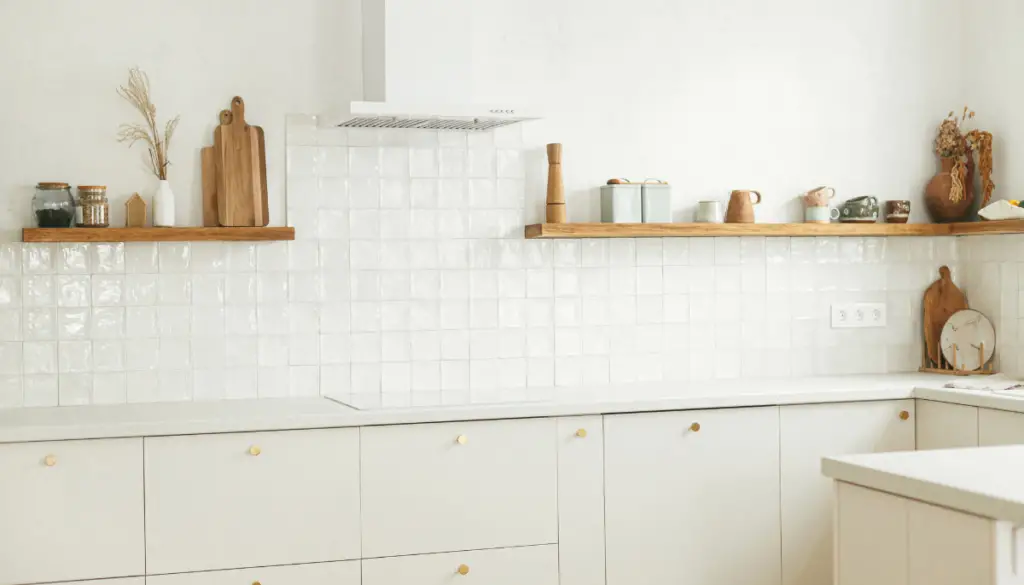
Alongside white, other soft, muted tones such as greys, creams and pastels are often used. Pops of color can be introduced using accessories or soft furnishings, but even these are usually kept subtle and understated, in keeping with the overall minimalist aesthetic.
Importance of Lighting
Lighting is highly important in Scandinavian design, both in terms of maximizing natural light and choosing appropriate fixtures. The long, dark winters in the region have led to a design aesthetic that places a premium on the feeling of light, airy spaces. Windows are often large and unobscured by heavy curtains or blinds, allowing as much natural light to fill the room as possible.
Light fixtures are frequently a feature or statement piece within the room. Functionality and design go hand in hand when it comes to choosing lighting. Many different forms of lighting are used within one room, including ceiling lights for general illumination, table lamps for task lighting, and floor lamps or sconces to add mood and atmospherics.
Natural Materials
Using natural materials is a staple of the Scandinavian home design. It’s an attempt to bring the gorgeous Scandinavian landscape into the home. Wood is predominantly used in flooring, furniture, and fixtures to add warmth to the minimalist design. The use of natural fiber in soft furnishings like rugs and throws can also be seen.
Conclusion
In essence, Scandinavian home design effortlessly blends functionality and minimalism, producing spaces that radiate tranquility, purpose, and light. This stellar fusion is an excellent fit for the fast-paced lives we lead today, allowing us to enjoy simplicity and efficiency in our own homes.
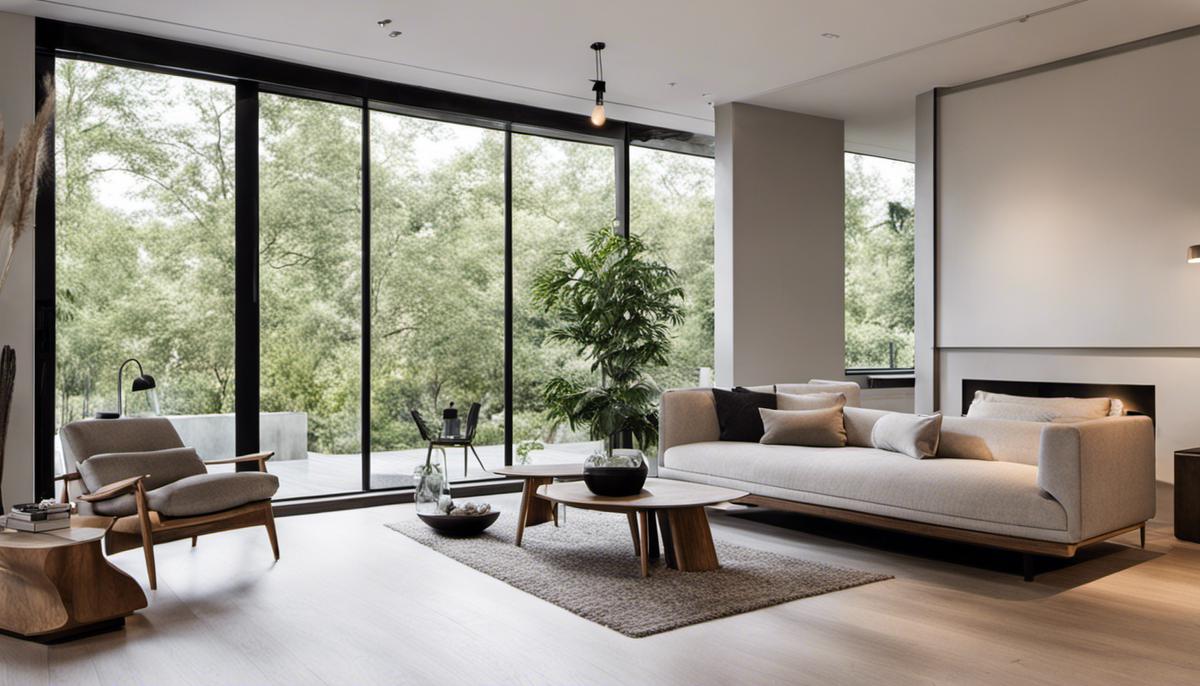
Famous Scandinavian Designers
Arne Jacobsen’s Influence
In the realm of Scandinavian design, Danish designer Arne Jacobsen stands as a pivotal figure. Jacobsen is admired for his meticulous attention to detail and his emphasis on functionality, leading to designs characterized by a minimalist appeal and crisp, clean lines. He played an instrumental role in shaping modernist architecture in Denmark. His noteworthy creations, which include the Egg Chair, Swan Chair, and Ant Chair, showcase a sleek and futuristic appeal. Guided by a philosophy that design should be focused on human interaction and experience, Jacobsen’s creations aren’t just visually pleasing; they also excel in practicality. His iconic pieces have stood the test of time and continue to be celebrated and replicated in contemporary Scandinavian home designs.
Alvar Aalto
Another famous name in Scandinavian design, Alvar Aalto was a Finnish architect and designer. His designs are synonymous with a uniquely Scandinavian organic modernism. Known for his innovative use of forms and materials, Aalto was heavily inspired by the beauty of nature and landscapes. His most notable pieces include the Paimio Chair and the Savoy Vase, which exudes a fluid aesthetic that beautifully echoes nature’s curves. Aalto’s work in interiors often reflected his belief in ‘gesamtkunstwerk’ – the idea of a total work of art where all elements work together harmoniously, a principle that remains at the heart of Scandinavian home design.
Verner Panton
Our list is not complete without mentioning renowned Danish designer, Verner Panton. Known for his bold and innovative creations, Panton’s work was a departure from the traditional Scandinavian design aesthetic. Panton’s designs were renowned for their vibrant use of color, imaginative forms, and innovative use of materials. His iconic pieces include the S-shaped Panton Chair made of plastic in a single mould and the opulent Pantonova seating system. Even though Panton’s designs are different from the norm, his influence in Scandinavian design cannot be denied as designers continue to take inspiration from his work when it comes to pushing the boundaries of design.
Influences on Scandinavian Home Design
Renowned designers have significantly shaped the Scandinavian design aesthetic we are familiar with today. The unique styles they employed, whether stark minimalist or bold and expressive, continue to steer modern-day trends. The human-centric, minimalist designs of Jacobsen, Aalto’s organic forms, and Panton’s vibrant, atypical creations have left an indelible mark on the realm of Scandinavian home design. The core principles that are still respected and incorporated include functionality, an affinity for comfort, and a harmonious relationship with nature, which are the hallmarks of Scandinavian design.
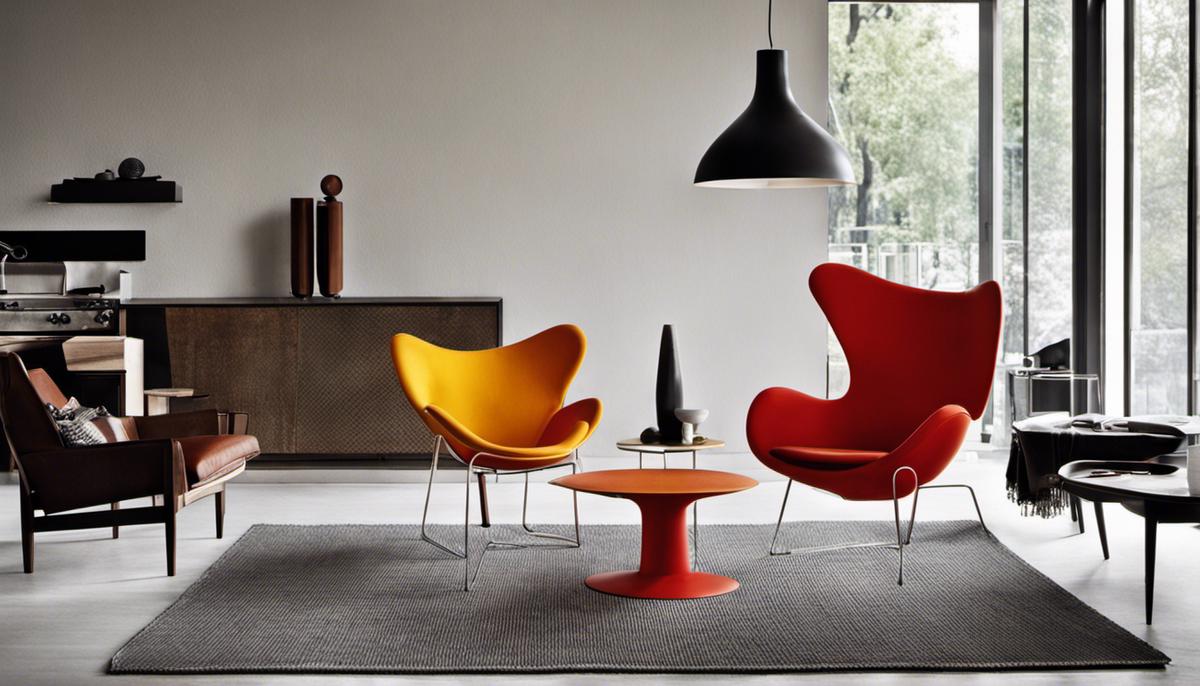
Incorporating Scandinavian Design in Your Home
Selecting the Appropriate Furniture
Simplicity and functionality are central to Scandinavian design principles. Thus, when picking out furniture pieces for your Scandinavian-inspired living space, it’s important to choose items that are minimalist yet practical. Light-toned woods like pine, ash, and birch are frequently used in Scandinavian interiors to impart a soothing, organic feel. Shy away from intricately adorned or excessively decorative furniture; in contrast, go for clean, sleek items. Comfort should never be compromised, so think about incorporating plush sofas, inviting armchairs, or soft rugs that not only encourage relaxation but also provide a soft counterbalance to the minimalist decor.
Finding the Perfect Color Scheme
The Nordic color palette is primarily characterized by serene, neutral tones that provide a canvas for simple, sleek furnishings and natural elements. Soft grays, milky whites, and various shades of blue are highly favored. It’s also common to include pops of color like dusty pinks or mustard yellows for added warmth and interest. The goal here is to create a color scheme that is calming, welcoming, and harmonious. Remember, in Scandinavian design, light plays an essential role. These color choices help to maximize the sense of light and space within a room.
Striking the Balance: Simplicity, Warmth, and Functionality
Finding the balance between simplicity, warmth, and functionality is the heart of Scandinavian design. Despite the minimalist leanings of this style, Scandinavian homes are by no means cold or sterile. Adding elements of texture and warmth such as wool or fur throws, knitted cushions, or even a wooden log pile by your fireplace will bring in that much-needed warmth. Including natural elements like indoor plants or raw wood finishes also create a harmonious connection with nature, a quintessential aspect of this design ethos. Lastly, don’t forget the functionality. Excess clutter is the enemy of Scandinavian design; instead, all items should serve a purpose. Incorporate smart storage solutions where possible.
Incorporating Scandinavian Lighting
In regions where daylight can be scarce for a portion of the year, creating a light-filled space is critical. Multiple light sources are typical in Scandinavian homes. During the day, make the most of natural light. In the evening, use a variety of lighting to simulate a warm, inviting ambiance; think wall sconces, table lamps, floor lamps, pendant lights, and candles. The choice of lighting fixtures should also reflect the Scandinavian commitment to simplicity, function, and understated elegance.
Decorative Elements and Accessories
Scandinavian design prioritizes functionality but doesn’t overlook the importance of tasteful decor and accessories. To create a visually engaging space without overwhelming the senses, choose a few high-quality accessories that embody the minimal yet warm aesthetic of Scandinavia. Some popular choices include indoor plants, simple pottery, geometric patterned textiles, and monochrome art prints. Art and decor should also provide a contrast to the minimal aesthetic and inject personality and charm into your space.
Capturing the true spirit of Scandinavian home design means finding the perfect equilibrium between simplicity, comfort, aesthetics, and functionality. A thoughtful selection of furniture, an apt color scheme, and the meticulous placement of decor and lighting can help you materialize a home that is not just practical but also inviting, essentially encapsulating the Scandinavian design philosophy.
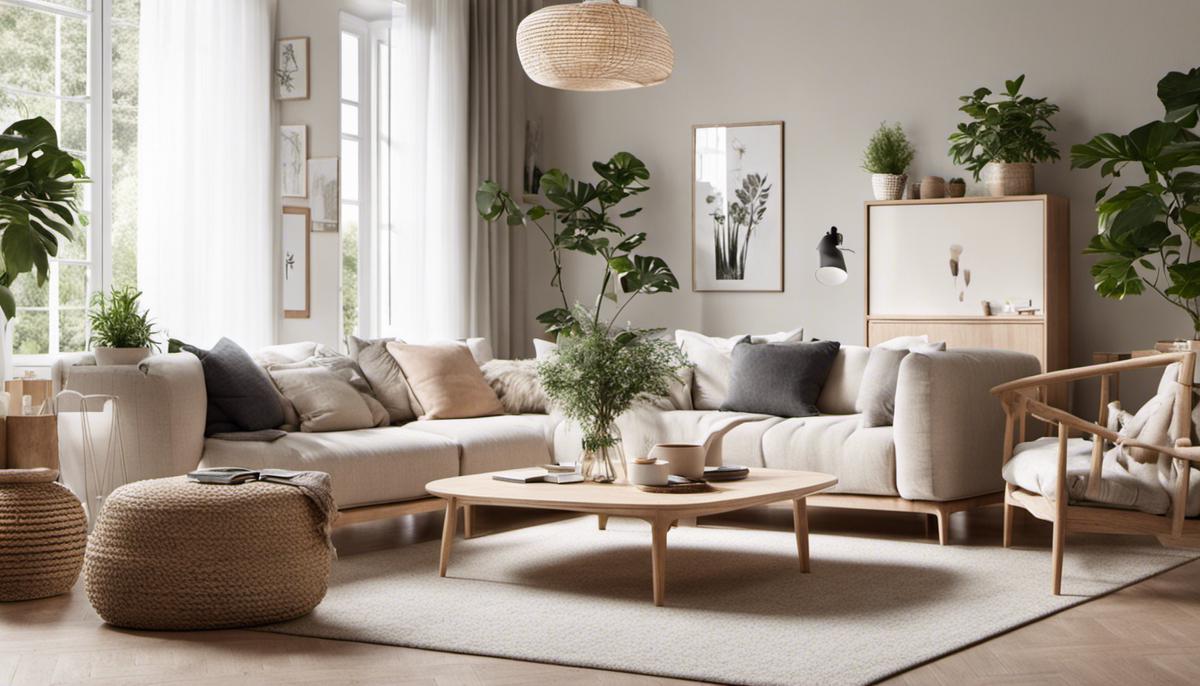
Current Trends in Scandinavian Design
Unfolding the Dynamics of Scandinavian Design
The sphere of Scandinavian design, a discipline defined by its simplicity, minimalism, and functionality, has seen an exceptional evolution over the past decade. This approach to design has demonstrated a robust adaptability to trends and continues to shape the discourse around home interior design. While the fundamental principles of simplicity and functionality remain intact, the recent trends have seen the incorporation of elements like sustainability, technology, and expressive forms of art.
Sustainability in Scandinavian Design
Sustainability is one of the newer components now inextricably linked to Scandinavian design. There is a rising preference for “green” and eco-friendly materials, as consumers become more environmentally conscious. Designers are focusing on the use of natural materials like wood, which is not just sustainable, but also adds to the warm and homely feel that is a traditional feature of Scandinavian design. There’s also a trend to repurpose or recycle materials, with vintage or pre-used elements featuring prominently in many contemporary Nordic-themed interiors.
Incorporating Technology
Integrating smart technology is another noteworthy change in Scandinavian home design. This encompasses smart home devices and energy-saving appliances, melding with the movement’s emphasis on functionality. Light fixtures can be automated to adjust according to the time of day, heating and cooling systems can be controlled remotely, and surveillance systems improve home security. While technology inclusion is usually seamless and blatant, Scandinavian design ensures these inclusions are subtly blended into the minimalist aesthetic, maintaining the core design’s principles.
Artistic Expression in Scandinavian Design
Artistic expression creates another exciting facet of the evolving Scandinavian home design. From murals, sculptures, and standalone pieces, art has become integral in lending homes a distinct personality. This might seem a deviation from the minimalist and simplistic ethos, yet many homes successfully balance the Nordic aesthetic with unique artistic elements.
The inclusion of art also widens the color palette used in Scandinavian homes. Traditionally, these spaces had muted, monochromatic colors to mirror the natural environment. Yet, contemporary Scandinavian homes feature bold color choices and patterns in artwork, cabinetry, furniture, and accent pieces.
Simplicity Evolved/in Scandinavian Design
To sum all trends, the evolution of Scandinavian home design is clear: from the traditional yet simplistic usability, to a design narrative that encompasses sustainability, technology, and artistic expression. These new developments have not overshadowed the traditional minimalist aspect of Scandinavian design; instead, they add more layers of intrigue and sophistication, making the movement more relevant and resonant in today’s design landscape.
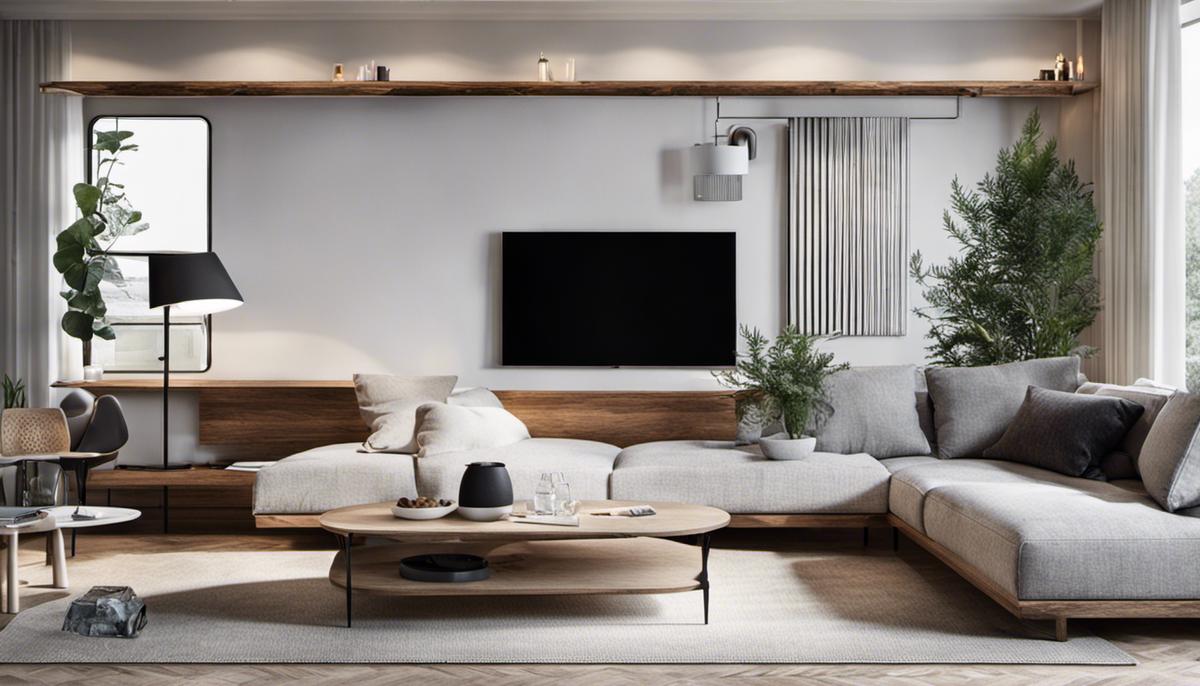
From humble origins in the harsh yet beautiful northern European landscape, Scandinavian design has made its way into the mainstream consciousness and continues to viable today, remaining a consistent force in home design. Current trends suggest a continued evolution of this aesthetic, with a focus on cutting-edge sustainability, technology integration, and novel forms of artistic expression. Above all, the enduring appeal of Scandinavian design speaks to our collective desire for beauty, functionality, and an inextricable connection with the natural world. By understanding its origins, appreciating its aesthetic, and incorporating its philosophies into our spaces, we become part of a design tradition that emphasizes not just the look of our homes, but the quality of our lives within them.

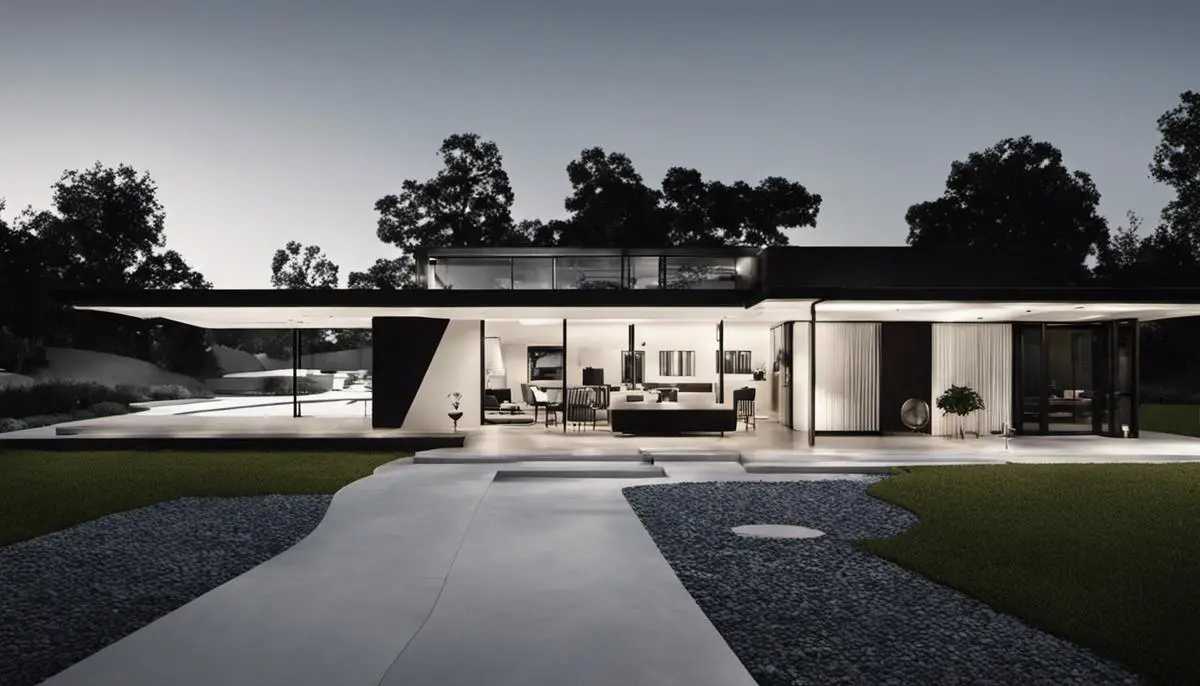

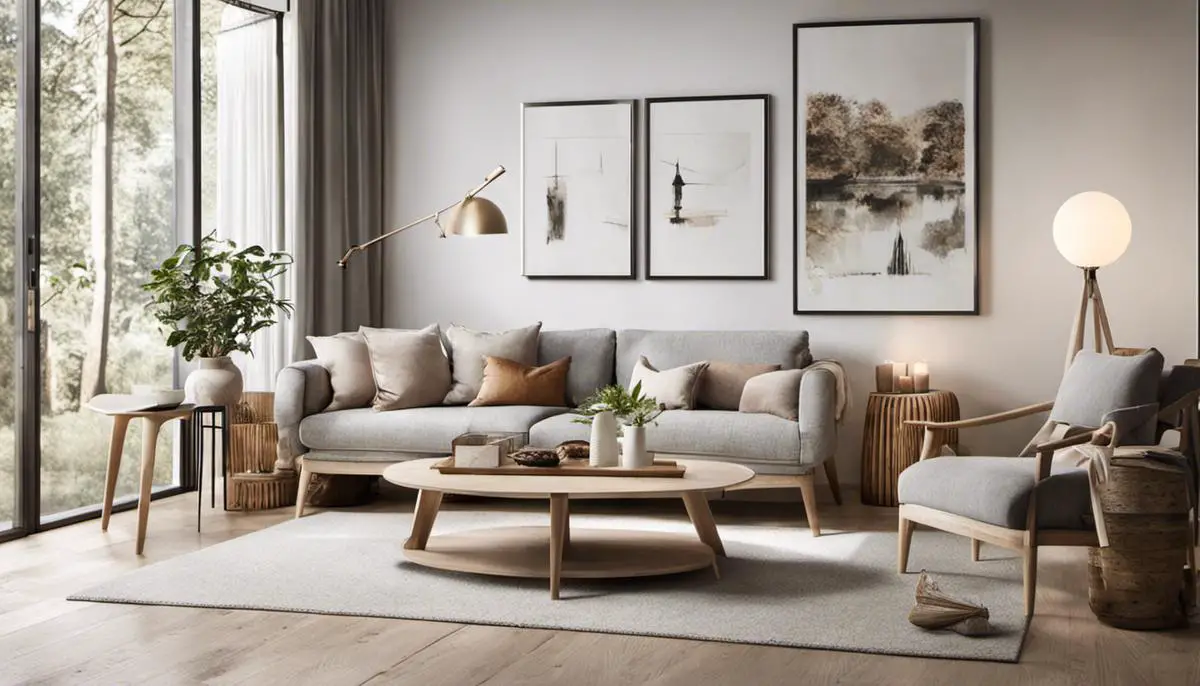
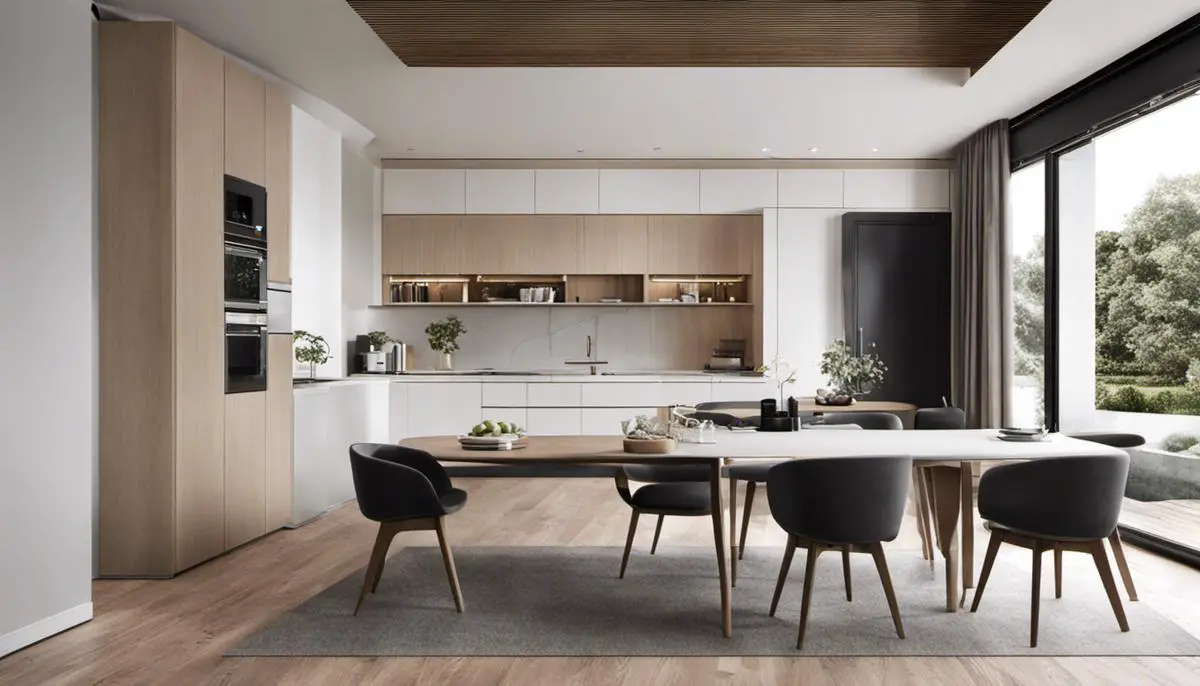

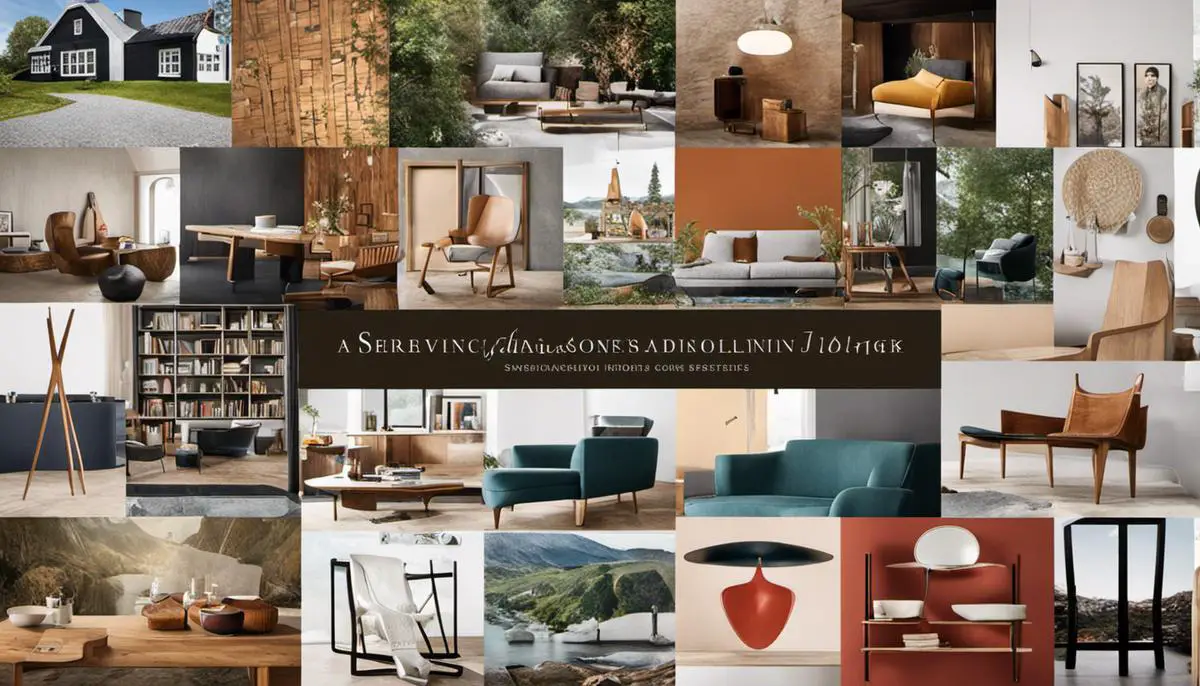
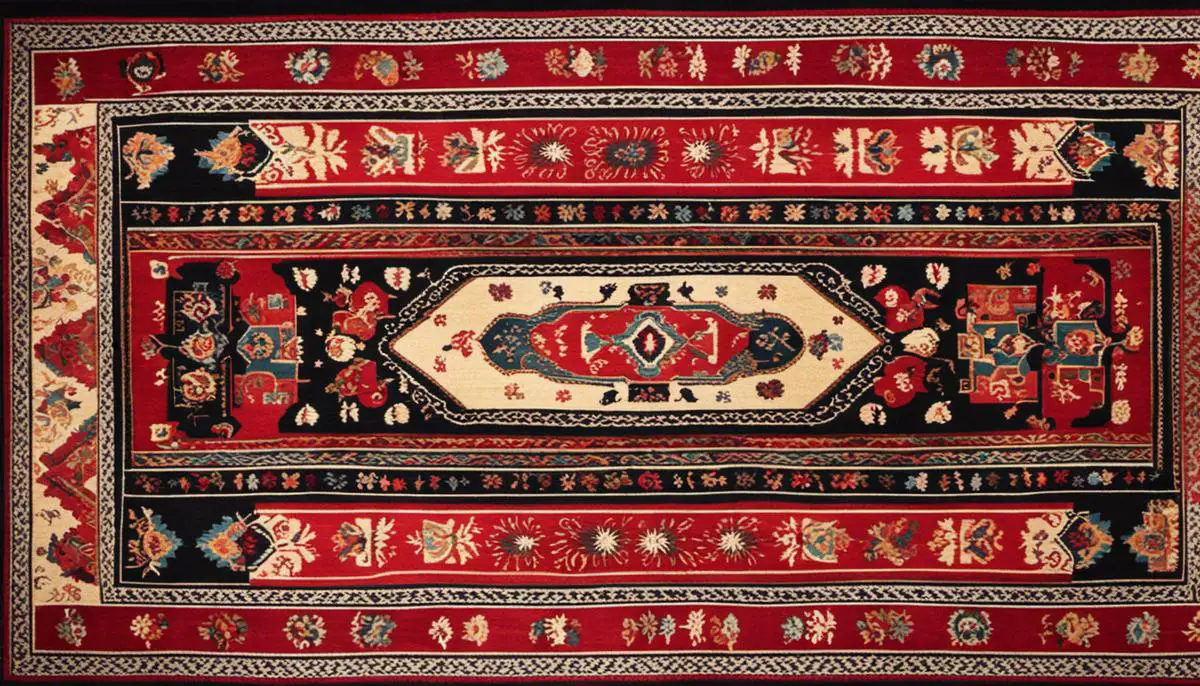
Leave a Reply